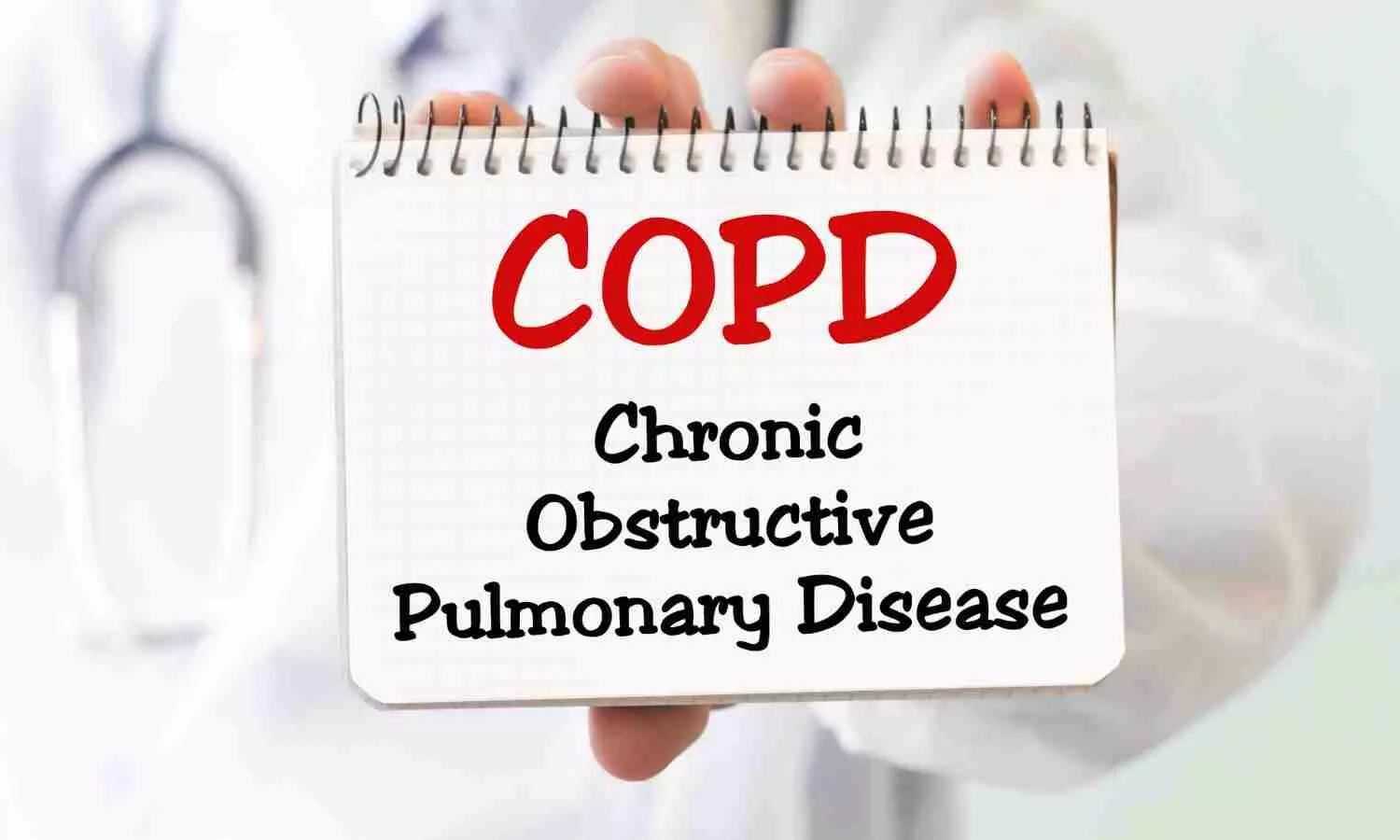GAINESVILLE, Fla. — En un granero al aire libre en el borde de la Universidad de Florida, el veterinario Juan Campos Krauer examina las pezuñas y las orejas de un armadillo muerto en busca de signos de infección.
Sus garras están apretadas y cubiertas de sangre. Campos Krauer cree que lo golpearon en la cabeza mientras cruzaba una carretera cercana.
Luego, corta con un bisturí la parte inferior del animal y extrae todos los órganos importantes: corazón, hígado, riñones. Coloca las muestras embotelladas en un congelador ultra frío, en su laboratorio de la universidad.
Campos Krauer planea examinar el armadillo para detectar lepra, un antiguo mal también conocido como enfermedad de Hansen que puede provocar daño a los nervios y desfiguración en humanos. Junto con otros científicos están tratando de resolver un misterio médico: por qué Florida central se ha convertido en una zona crítica para las antiguas bacterias que la causan.
La lepra sigue siendo rara en Estados Unidos. Pero Florida, que a menudo informa el mayor número de casos de cualquier estado, ha visto un aumento en pacientes. El epicentro está al este de Orlando. El condado de Brevard informó un asombroso 13% de los 159 casos de lepra del país en 2020, según un análisis del Tampa Bay Times de datos estatales y federales.
Muchas preguntas sobre el fenómeno siguen sin respuesta. Pero expertos en lepra creen que los armadillos juegan un papel en la propagación de la enfermedad a las personas. Para comprender mejor quién está en riesgo y prevenir infecciones, unos 10 científicos se unieron el año pasado para investigar.
El grupo incluye investigadores de la Universidad de Florida, la Universidad Estatal de Colorado y la Universidad de Emory, en Atlanta.
“Realmente no sabemos cómo está ocurriendo esta transmisión”, dijo Ramanuj Lahiri, jefe de la rama de investigación de laboratorio del Programa Nacional de Enfermedad de Hansen, que estudia las bacterias involucradas y cuida a los pacientes con lepra en todo el país.
“Nada encajaba”
Se cree que la lepra es la infección humana más antigua de la historia. Probablemente ha estado enfermando a las personas durante al menos 100,000 años. Es fuertemente estigmatizada: en la Biblia, se describía como un castigo por pecar. En tiempos más modernos, los pacientes eran aislados en “colonias” alrededor del mundo, incluyendo en Hawaii y Louisiana.
En casos leves, las bacterias de crecimiento lento causan algunas lesiones. Si no se trata, pueden paralizar las manos y los pies.
Pero en realidad es difícil enfermarse de lepra, ya que la infección no es muy contagiosa. Los antibióticos pueden curar la enfermedad en uno o dos años. Están disponibles de forma gratuita a través del gobierno federal y de la Organización Mundial de la Salud (OMS), que lanzó una campaña en la década de 1990 para eliminar la lepra como problema de salud pública.
En 2000, los casos reportados en EE.UU. cayeron a su nivel más bajo en décadas, con 77 infecciones. Pero luego aumentaron, promediando alrededor de 180 por año desde 2011 hasta 2020, según datos del Programa Nacional de Enfermedad de Hansen.
Durante ese tiempo, surgió una tendencia curiosa en Florida.
En la primera década del siglo XXI, el estado registró 67 casos. El condado de Miami-Dade tuvo 20 infecciones, la mayoría de cualquier condado de Florida. La gran mayoría de esos casos fueron adquiridos fuera del país, según un análisis del Times de datos del Departamento de Salud de Florida.
Pero durante los siguientes 10 años, los casos registrados en el estado fueron más del doble, 176, y el condado de Brevard tomó el protagonismo.
El condado, cuya población es aproximadamente una quinta parte del tamaño de Miami-Dade, registró 85 infecciones durante ese tiempo, con mucho, la mayoría de cualquier condado en el estado y casi la mitad de todos los casos de Florida. En la década anterior, Brevard solo registró cinco casos.
De manera notable, al menos una cuarta parte de las infecciones de Brevard fueron adquiridas dentro del estado, no mientras los individuos estaban en el extranjero.
India, Brasil e Indonesia diagnostican más casos de lepra que en cualquier otro lugar, reportando más de 135,000 infecciones combinadas solo en 2022.
Las personas se estaban enfermando a pesar de no haber viajado a esas áreas ni haber estado en contacto cercano con pacientes con lepra, dijo Barry Inman, ex epidemiólogo del departamento de salud de Brevard que investigó los casos y se retiró en 2021.
“Nada encajaba”, dijo Inman. Algunos pacientes recordaron haber tocado armadillos, que se sabe que portan las bacterias. Pero la mayoría no, dijo. Muchos pasaron mucho tiempo al aire libre, incluidos trabajadores de jardines y ávidos jardineros. Los casos eran generalmente leves.
Era difícil determinar dónde contrajeron la enfermedad, agregó. Debido a que las bacterias crecen tan lentamente, pueden pasar entre nueve meses y 20 años para que comiencen los síntomas.
¿Amoeba o insectos culpables?
Concientizar sobre la lepra podría desempeñar un papel en el aumento de casos en Brevard. Los médicos deben reportar la lepra al Departamento de Salud. Sin embargo, Inman dijo que muchos en el condado no lo sabían, por lo que trató de educarlos después de notar los casos a fines de la década de 2000.
Pero ese no es el único factor en juego, dijo Inman. “No creo que haya ninguna duda en mi mente de que está ocurriendo algo nuevo”, dijo.
Otras partes en el centro de Florida también han registrado más infecciones. De 2011 a 2020, el condado de Polk registró 12 casos, triplicando su número en comparación con los 10 años anteriores. El condado de Volusia registró 10 casos. No reportó ninguno en la década anterior.
Los científicos se están enfocando en los armadillos. Sospechan que estos animales que son cavadores pueden causar indirectamente infecciones a través de la contaminación del suelo.
Los armadillos, que están protegidos por caparazones duros, sirven como buenos huéspedes para las bacterias, a las que no les gusta el calor y pueden prosperar en los animales cuyos rangos de temperatura corporal son de 86 a 95 grados Fahrenheit.
Los colonos probablemente trajeron la enfermedad al Nuevo Mundo hace cientos de años, y de alguna manera los armadillos se infectaron, dijo Lahiri, el científico del Programa Nacional de Enfermedad de Hansen.
Estos mamíferos nocturnos pueden desarrollar lesiones por la enfermedad igual que los humanos. Hay más de un millón de armadillos en Florida, estimó Campos Krauer, profesor asistente en el Departamento de Ciencias Clínicas de Animales Grandes de la Universidad de Florida.
Cuántos portan lepra no está claro. Un estudio publicado en 2015 con más de 600 armadillos en Alabama, Florida, Georgia y Mississippi encontró que aproximadamente el 16% mostraban evidencia de infección. Expertos en salud pública creen que la lepra anteriormente estaba confinada a los armadillos al oeste del río Mississippi y luego se extendió hacia el este.
Manipular los animales es un peligro conocido. La investigación de laboratorio muestra que las amebas unicelulares, que viven en el suelo, también pueden portar las bacterias.
Los armadillos aman desenterrar y comer lombrices, lo que frustra a los propietarios de viviendas cuyos jardines dañan. Los animales pueden eliminar las bacterias mientras buscan comida, pasándolas a las amebas, que podrían infectar a las personas más tarde.
Los expertos en lepra también se preguntan si los insectos ayudan a propagar la enfermedad. Las garrapatas que chupan sangre también podrían ser culpables, según muestra la investigación de laboratorio.
“Algunas personas que están infectadas tienen poca o ninguna exposición al armadillo”, dijo Norman Beatty, profesor asistente de medicina en la Universidad de Florida. “Probablemente hay otra fuente de transmisión en el medio ambiente”.
Campos Krauer, que ha estado buscando armadillos muertos en las calles de Gainesville, quiere reunir animales infectados y dejarlos descomponer en un área cercada, permitiendo que los restos se empapen en una bandeja con tierra mientras las moscas ponen huevos. Espera examinar la tierra y las larvas para ver si recogen las bacterias.
Agregando intriga hay una cepa de lepra encontrada solo en Florida, según los científicos. En el estudio de 2015, los investigadores descubrieron que siete armadillos del Refugio Nacional de Vida Silvestre de Merritt Island, que está mayormente en Brevard pero cruza a Volusia, portaban una versión del patógeno no vista anteriormente.
Diez pacientes en la región también se vieron afectados por esta cepa. A nivel genético, es similar a otro tipo encontrado en armadillos en el país, dijo Charlotte Avanzi, investigadora de la Universidad Estatal de Colorado que se especializa en lepra. No se sabe si la cepa causa una enfermedad más grave, dijo Lahiri.
Reduciendo el riesgo
El público no debe entrar en pánico por la lepra, ni las personas deben apresurarse a sacrificar armadillos, advierten los investigadores.
Los científicos estiman que más del 95% de la población humana mundial tiene una capacidad natural para resistir la enfermedad. Creen que se necesitan meses de exposición a gotitas respiratorias para que ocurra la transmisión de persona a persona.
Pero cuando ocurren infecciones, pueden ser devastadoras. “Si lo entendemos mejor”, dijo Campos Krauer, “podremos aprender a vivir con él y reducir el riesgo”.
La nueva investigación también puede proporcionar información para otros estados del sur. Los armadillos, que no hibernan, se han estado moviendo hacia el norte, dijo Campos Krauer, alcanzando áreas como Indiana y Virginia.
Podrían ir más lejos debido al cambio climático.
Las personas preocupadas por la lepra pueden tomar precauciones simples, dicen los expertos médicos. Aquellos que trabajan en tierra deben usar guantes y lavarse las manos después. Elevar las camas de jardín o rodearlas con una cerca puede limitar las posibilidades de contaminación del suelo.
Si se desentierra una madriguera de armadillo, es mejor usar una mascarilla, dijo Campos Krauer. No jugar con los animales ni comerlos, agregó John Spencer, científico de la Universidad Estatal de Colorado que estudia la transmisión de la lepra en Brasil. Es legal cazarlos todo el año en Florida sin una licencia.
Hasta ahora, el equipo de Campos Krauer ha examinado 16 armadillos muertos encontrados en carreteras del área de Gainesville, a más de 100 millas del epicentro de la lepra del estado, tratando de obtener una idea preliminar de cuántos portan las bacterias.
Todavía ninguno ha dado positivo.
Este artículo fue producido por una asociación entre KFF Health News y el Tampa Bay Times.
KFF Health News is a national newsroom that produces in-depth journalism about health issues and is one of the core operating programs at KFF—an independent source of health policy research, polling, and journalism. Learn more about KFF.
USE OUR CONTENT
This story can be republished for free (details).






